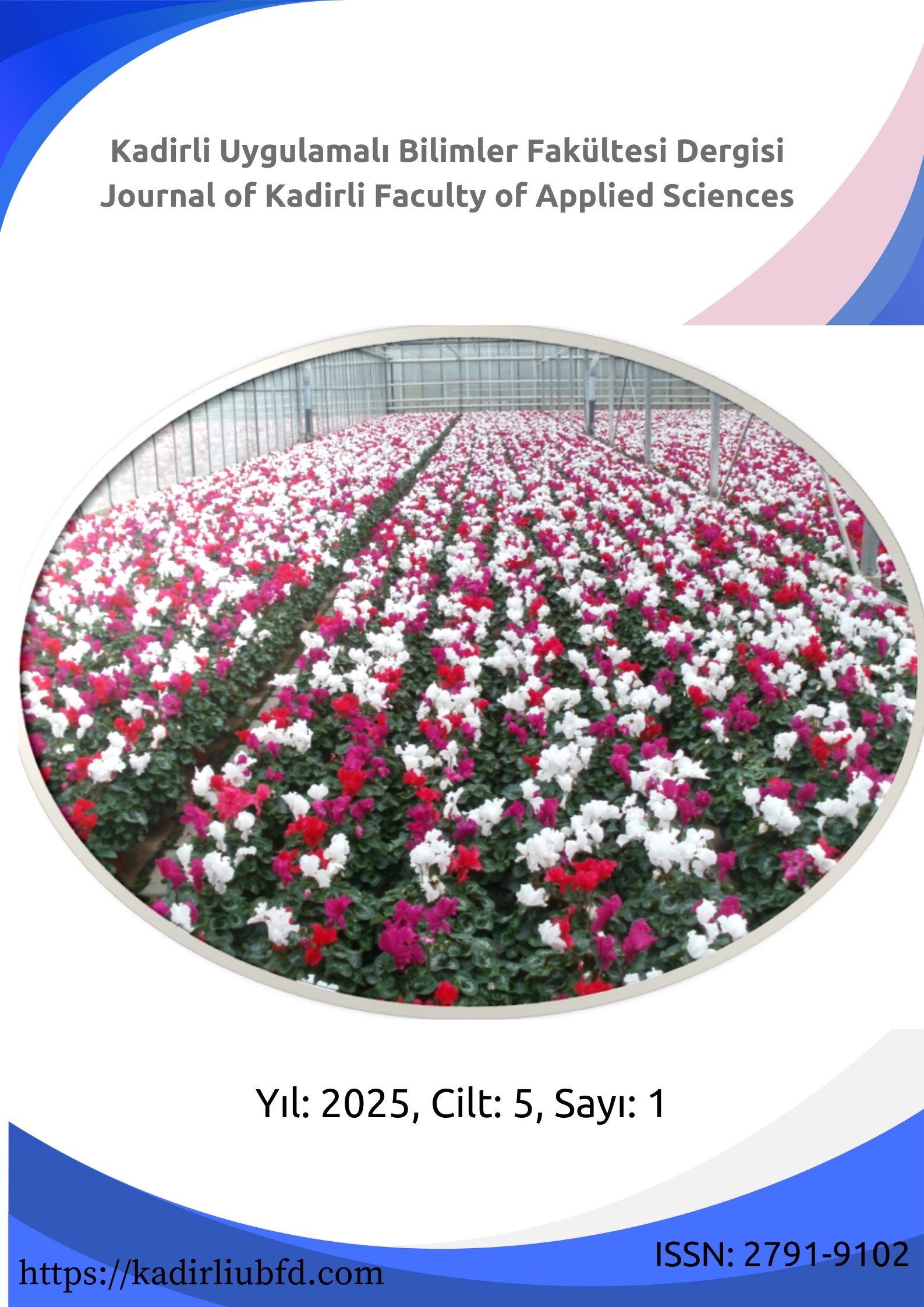Simulation and Yamazumi Application in an Interior Trim Manufacturer in the Automotive Sector
Keywords:
Simulation, Arena, Lean Manufacturing, Yamazumi, Line BalancingAbstract
The automotive sector in our country has contributed to the economy and has become one of the leading industries. Line balancing has been beneficial in measuring the workload and capacity of operators and machines, as well as in utilizing the workforce equally in stations where multiple operators are present. The aim of the research was to examine the production line by selecting a pilot line and to eliminate waste according to customer demand while ensuring efficient production. A simulation study was conducted on the production line of a company manufacturing interior trim parts for the automotive industry, analyzing the current state. Improvement efforts were carried out using the Yamazumi chart for operator workload, and continuous improvement was targeted through lean manufacturing principles. The Arena software program was used to simulate the line, allowing the current production process to be analyzed through reports.After the simulation was analyzed, the Yamazumi chart was used for line balancing. In this context, a pilot line was selected, and data analysis was conducted. A model was created in the Arena software, and the analyzed data was transferred to the model. The model was executed, and after reviewing the report, improvement actions were determined. Operators work tracking was carried out using the Yamazumi chart, and an action plan was prepared using lean manufacturing techniques. After the planned improvements were implemented, a future state model was created. The reports of the future state model were compared with those of the current state model, and an implementation plan follow-up list was prepared. As a result of the study, a cost improvement of 15,761₺ was achieved.
Downloads
Published
How to Cite
Issue
Section
License
Copyright (c) 2025 Kadirli Uygulamalı Bilimler Fakültesi Dergisi

This work is licensed under a Creative Commons Attribution-NonCommercial-ShareAlike 4.0 International License.





